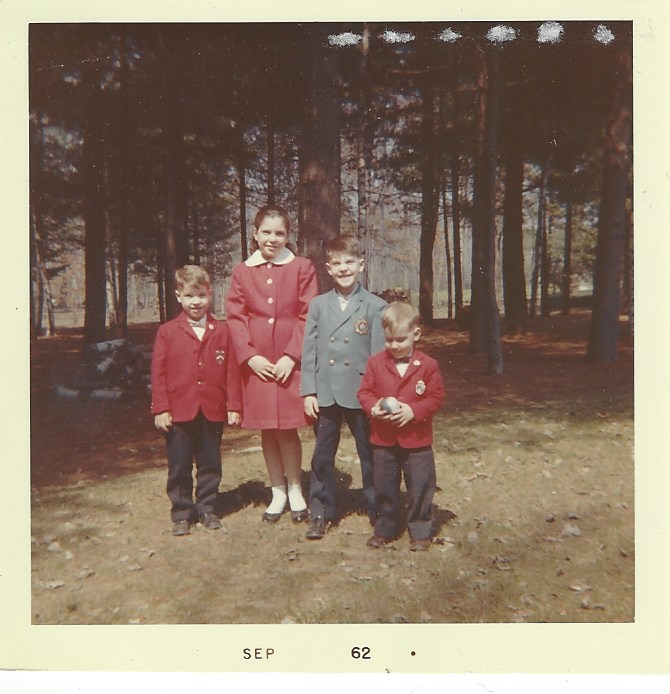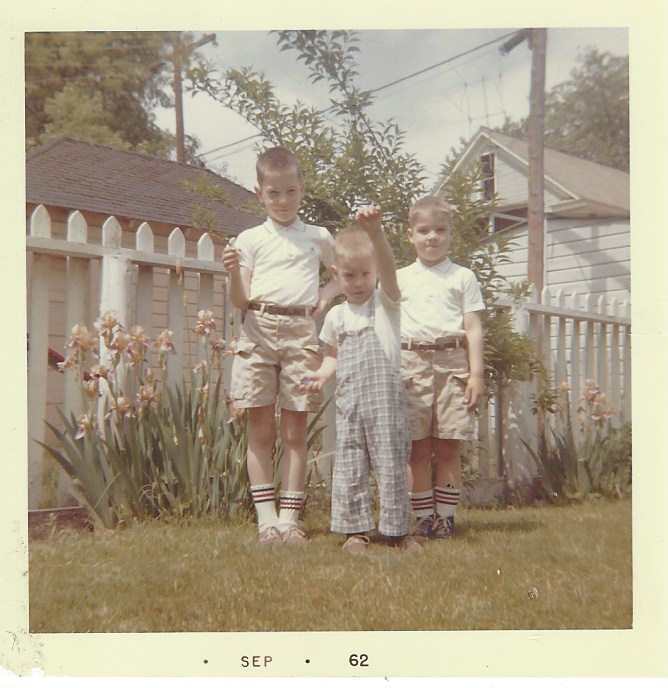Being born in America we tend to think of ourselves as immigrants and wonder where did we come from usually following our surname back to the country which preceded our arrival in America. In my case the name “Hays” (and my research around it) reveals that my ancestors came to America from the Plantations of Northern Ireland having settled there, most likely, from the Scottish Lowlands. And while we think of Scotland as a country of similar individuals, history and DNA research reveals that many different peoples migrated to and settled in Scotland before it was Scotland as we know it today.
I highly recommend the book “The Scots: A Genetic Journey” by Alistair Moffat. He tells of the ancient history of Scotland including prehistoric and early historic times in an easy to read format which includes the most recent DNA findings regarding the migrations of people. He notes, “Every Scot is an immigrant. Until 9000 BC Scotland was empty of people and animals.” He then weaves together the story of Scotland, its people, languages, customs and culture, and how it all came together to form Scotland and the Scottish People.
Both ancestry.com and FamilyTreeDNA.com give me a geographic history of my atDNA with Family Tree even breaking my DNA down into my ancient European origins. A comparison of the geographic estimates reveals interesting results. Ancestry has me 46% England & Wales, 27% Germanic Europe, 22% Sweden, 3% Ireland-Scotland, and 2% Norway. Family Tree has me 59% British Isles, 27% Scandinavia, 8% East Europe, 4% Iberian Peninsula, and 2% Norway. The estimates are arrived by comparing my DNA to a reference sample (Ancestry advises their reference currently at 40,000 samples) so even though my DNA stays the same as more references samples are added regions are bound to be broken down into sub regions in the future providing more accurate information for the individual.
My ancient European origins estimate on Family Tree is based on DNA comparisons to those who migrated into what we know today as Europe. Family Tree DNA shows me 43% from Hunter-Gatherers, 42% from Farmers, 15% from Metal Age Invaders, and 0% non-European. Hunter-Gatherers migrated into Europe about 45,000 years ago following large herd animals as glaciers increased and decreased . Farmers migrated into Europe about 8000 years ago during the Neolithic (new stone age) Era cultivating in temperate areas. The farmers differed from the Hunter-Gatherers as they had a salivary gene which may have helped them break down starches more efficiently. The Metal Age Invaders arrived in the Bronze Age (3000-1000 BCE) and used copper, bronze, and tin tools and arrived as nomadic herders using horses and wheeled vehicles. The Metal Age Invaders originated in the Eurasian Steppes north of the Black Sea and are closely related to the Yamnaya Culture. They brought with them a tolerance for lactose and the Y-chromosome haplogroup R1B with the M269 subclass which mixed with the local population and is now dominate in Western Europe today.
The Y-DNA follows the paternal line back through time and the mtDNA follows the maternal line back in time. Family Tree shows a migration map so my mtDNA haplogroup of H1C1 is a sub group of the H migration which after the last ice age the “H” maternal line spread across Europe and 10,000 years ago migrated into Western Europe accounting for about 30% of the population. My R-BY3510 haplogroup is a subgroup of R-U152, a sub of R-M269 and a sub of R-M343 under the R1b haplogroup. That migration map shows that 30,000 years ago the R1 group in the Eurasian Steppes split with R1a landing in Eastern Europe 10,000 years ago and R1b journeyed into Western Europe is successive waves.
Most mtDNA traces back to “Mitochondrial Eve” in East Africa 120,000 years ago and most yDNA traces back to a “yDNA Adam” in East Africa 60,000 years ago. The H maternal line migrated from Africa north to the area of the Black Sea and then west into Europe 10,000 years ago. The The R paternal line migrated north across the Middle East into Eurasia on the east side of the Caspian Sea turning west traveling north of the Black Sea into Europe 10,000 years ago. At what point from there did my ancestors first enter Scotland? I go to “The Scots” to fill in the story of how it was settled and can only guess at my ancestors particular circumstance.

Given the DNA I can pick a point in time and call myself by a tribal name of the various Celtic, Germanic, and other tribes which made up my ancestors DNA in Scotland. My Hays ancestors entered America in the 1730’s arriving most likely in Philadelphia with the other Scotsmen of Northern Ireland as they called themselves in a mass exodus with entire families and communities traveling together settling in Pennsylvania and Virginia and now almost 300 years in America, the continuation of our westward migration which started in Western Europe 10,000 years ago into Scotland and then Northern Ireland. It is unknown how many generations were spent in Northern Ireland but it is sure that they were not Irishmen as they considered themselves Scots with little, if any, intermarriage outside their Presbyterian Scot community. And so given that I’ll call myself a “Scottish American” with an “Ulsterman” footnote.










